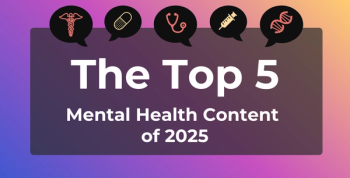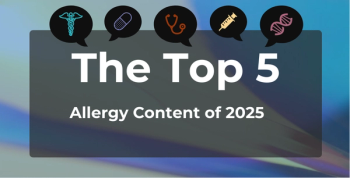
Conflicts of Interest in Federal Vaccine Advisory Committees at Historic Lows Despite RFK Jr Claims
Key Takeaways
- COIs in ACIP and VRBPAC have declined significantly, reaching historic lows by 2024, contradicting claims of persistent conflicts.
- ACIP's COI prevalence decreased from 42.8% to 5.0%, while VRBPAC's remained under 4% since 2010, including 10 years at 0%.
Research reveals a significant decline in reported conflicts of interest among the CDC's and FDA's vaccine advisory committees, challenging Robert F. Kennedy Jr's claims.
Despite claims from HHS Secretary Robert F. Kennedy Jr, reported conflicts of interest (COIs) have steadily declined among the CDC’s Advisory Committee on Immunization Practices (ACIP) and the FDA’s Vaccines and Related Biological Products Advisory Committee (VRBPAC) over the past 25 years, reaching historic lows through 2024, according to a research letter published in
In June, Kennedy
To evaluate these claims, the researchers analyzed reported COIs among attendees at ACIP and VRBPAC meetings from 2000 to 2024.1 For ACIP, they obtained financial COIs from a CDC-maintained database and cross-referenced disclosures with meeting transcripts. For VRBPAC, the researchers reviewed COI waivers available on the FDA website or through Freedom of Information Act requests.
The researchers included COIs for both index and competitor companies. For each meeting, they calculated the prevalence of reported COIs and recusals, with annual prevalence measured as the unweighted mean of meeting-level COI or recusal rates. COIs were also broken down by individual conflict types, based on definitions from ACIP policies and FDA waivers.
The researchers then estimated both quadratic least-squares and nested linear models of the association between time and mean reported COI prevalence, using an F test (α = .05) to identify the better fit for each committee.
Across the study period, ACIP and VRBPAC convened an average of 4.0 and 3.4 meetings per year, respectively, with the highest frequency from 2016 to 2024. For ACIP, average annual COI prevalence was 13.5%, declining from 42.8% to 5.0% over the study period. For VRBPAC, COI prevalence fell from 11.1% in 2000 and has remained under 4% since 2010, including 10 years at 0%.
The quadratic least-squares model fit ACIP data better than the linear model (F = 9.20; P = .006), showing a significant annual decline in reported COI prevalence (–2.96 percentage points; 95% CI, –4.1 to –1.8; P < .001). This was not the case for VRBPAC (F = 0.33; P = .57), meaning the annual rate of decline was not statistically significant (–0.3 percentage points; 95% CI, –0.6 to 0.4; P = .08).
Recusal rates averaged 1.3% for ACIP and 7.4% for VRBPAC. The most frequent conflict type was research or investigator support (10.1% for ACIP; 1.0% for VRBPAC), followed by data and safety monitoring board or blinded end point reviewer roles, consulting, and stock/royalties/ownership.
The researchers acknowledged their study’s limitations, including that agency definitions of COIs may have expanded over time. This could have resulted in upward bias in COI estimates in later years. Still, they expressed confidence in their findings and suggested reasons for the steep declines.
“Policy changes placing caps on FDA advisory committee COI rates in 2007 and greater awareness and scrutiny of COIs in agency decision-making may have spurred these large declines,” the authors wrote.
References
- Kanter GP, Mankowitz T, Lurie P. Conflicts of interest in federal vaccine advisory committees. JAMA. Published online August 18, 2025. doi:10.1001/jama.2025.13245
- Grossi G. RFK Jr sweeps clean CDC vaccine advisory panel, aiming to bolster public confidence. AJMC®. June 9, 2025. Accessed August 19, 2025.
https://www.ajmc.com/view/rfk-jr-sweeps-clean-cdc-vaccine-advisory-panel-aiming-to-bolster-public-confidence - Constantino AK. RFK Jr removes all members of CDC panel advising US on vaccines. CNBC. June 9, 2025. Accessed August 19, 2025.
https://www.cnbc.com/2025/06/09/rfk-jr-cdc-panel-vaccines.html
Newsletter
Stay ahead of policy, cost, and value—subscribe to AJMC for expert insights at the intersection of clinical care and health economics.







































